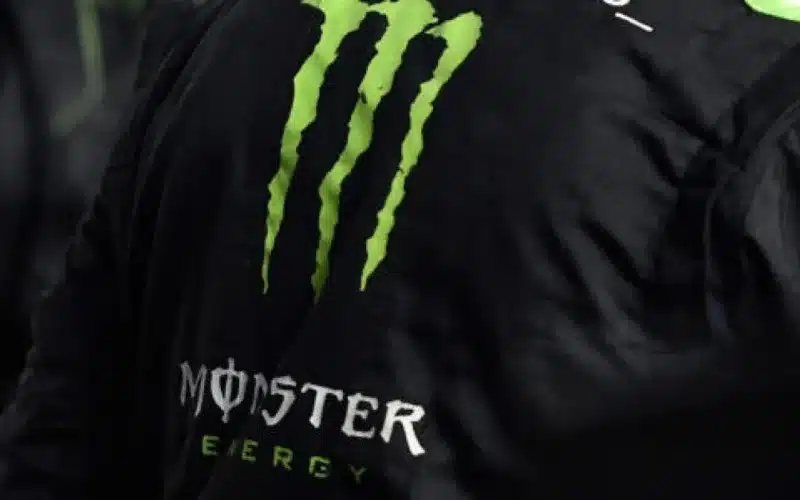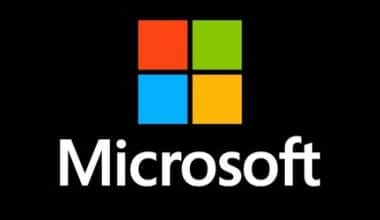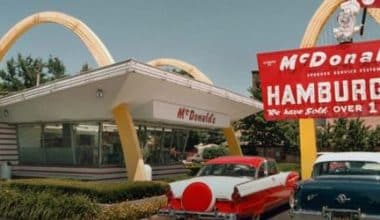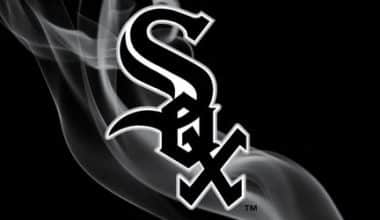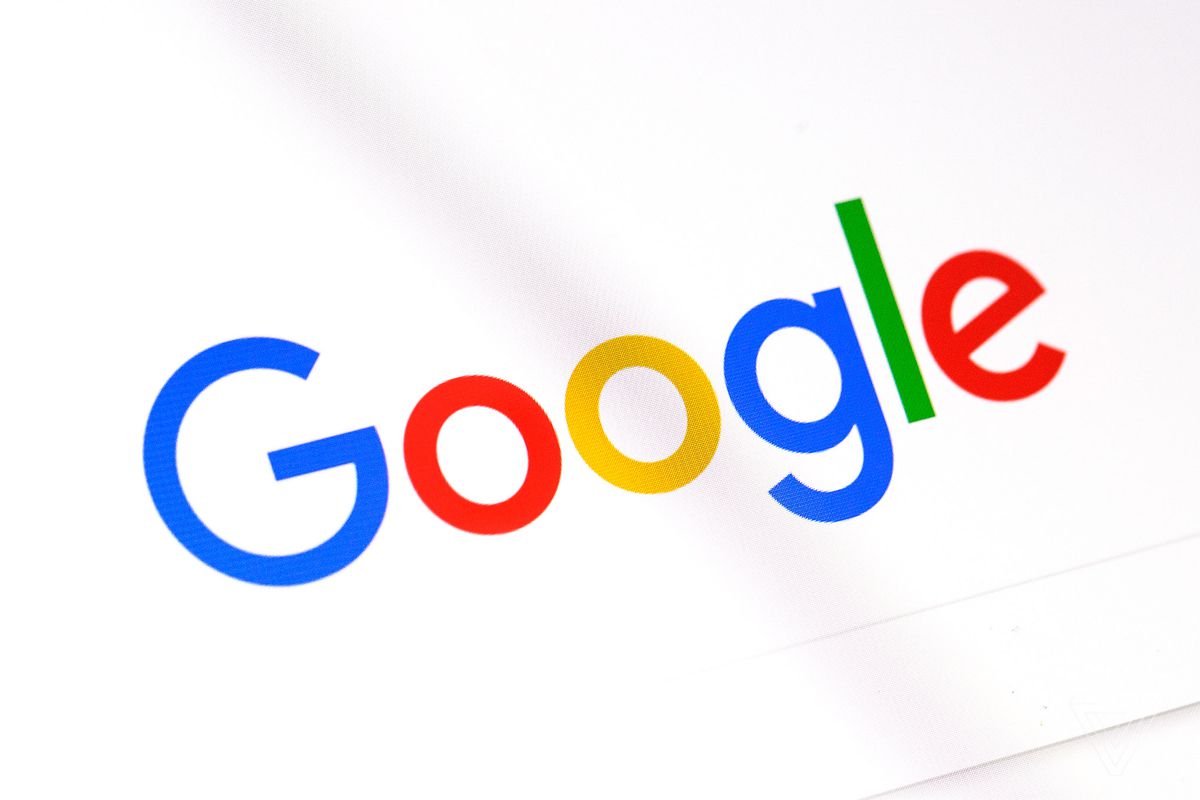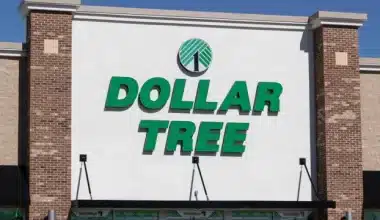Monster Energy is one of the most popular energy drinks in the world. It was founded in 1995 by Hansen Natural Company and is now owned by Monster Beverage Corporation. The company has a wide range of products, including energy drinks, water, and sports drinks. Monster Energy is known for its aggressive marketing campaigns and its sponsorship of extreme sports athletes. But let’s take a closer look at the background story behind who owns Monster Energy. Let’s also go over the company’s history, its products, and its marketing strategies.
Who Owns Monster Energy Drinks?
Rodney Sacks, the chairman, and CEO of Monster Beverage Corporation, presently owns Monster Energy.
The company was previously known as Hansen Natural Corp., but it has since been renamed Monster Beverage Corporation in honor of the trendy energy drink of the same name.
The energy drink was introduced in 2002 and has developed exponentially since then. Monster Energy Drink controls 35% of the energy drink market. This makes it the world’s second-best-selling energy drink.
Is Red Bull the owner of Monster?
The corporations that own Monster Energy Drink and Red Bull have no affiliation with one another. Hence Monster is not owned by Red Bull.
Monster Beverage Corporation owns Monster Energy Drink, while Dietrich Mateschitz owns Red Bull Energy Drink through a private firm of the same name.
Their only true similarity is that they’re both energy drinks and that they’re both two of the world’s best-selling energy drink brands, with Monster Energy Drink coming in second and Red Bull coming in first.
Monster’s Developer First Concentrated on Natural Juices
The parent firm that launched Monster Energy Drinks was Hansen’s Natural, whose aim was so dissimilar to that of the energy drink that it’s a mystery how Monster came to be. According to Fortune, Hansen’s was created in the 1930s as a family-run business that began by producing fruit drinks. Hansen’s stated that their drinks had only natural ingredients and were healthy. Though the company experimented with sodas in the 1970s, it remained committed to its initial objective of creating natural products.
Things took an unexpected turn when they decided to experiment with Monster Energy Drinks, introducing the line in 2002. As the energy drink market began to take off, one of the key reasons was to achieve more popularity and brand awareness. It turned out to be a superb concept – Monster was incredibly popular when it was first released, and the company’s revenues surged over their forecasts, reaching $1.7 billion annually.
The irony is that Monster is not exactly natural or extremely healthy – one can contain up to 50 grams of sugar and, as Delishably pointed out, can be deadly if eaten in excess, especially when combined with underlying health concerns.
This Is Exactly What Monster Energy Drinks Are Made Of
When you grab a cup of coffee in the morning, you know exactly what’s in it: coffee, milk, sugar, and sometimes some flavored syrups if you get it from Starbucks. But what about Khaos, Rehab, or any of Monster’s other 34 energy drinks (via Delishably)? While coffee and Monster use caffeine to keep you awake, according to Livestrong, Monster needs more than just one component to “Unleash the Beast.”
In most circumstances, a big ingredient list is detrimental to your health, but drinking Monster isn’t the worst decision in the world. For starters, the main ingredient is carbonated water. So, while it looks like a can of soda and contains a lot of sugar, it’s far healthier than Mountain Dew. Hansen’s Natural, a family-owned fruit juice firm known for its all-natural fruit-based drinks, is the brand behind Monster (via Fortune). Monsters aren’t made of fruit but utilize vitamins and amino acids to boost their vitality naturally.
Monster Energy Drinks Are High in Vitamins
A phrase like “cyanocobalamin” on the nutrition label could make you reconsider your beverage of choice. Still, it’s just the scientific name for vitamin B12 and is one of six vitamins that comprise Monster’s unique “Energy Blend,” according to Livestrong. Monster contains vitamin C, vitamin B8, vitamin B6, vitamin B2, and vitamin B3 in addition to vitamin B12. The most important of them are vitamin B2, which aids in energy production, and vitamin B3, which aids in converting food into energy.
While you might not have known about Monster’s vitamin content, you surely knew about its taurine content on the front of the can. According to Healthline, Taurine is an amino acid that lowers fatigue and, coupled with the second amino acid in the drink, L-carnitine, helps boost physical endurance. But what else is in these cans besides vitamins and minerals?
Are Monster Energy Drinks Healthy?
Although vitamins and amino acid supplements are regarded as healthy on their own, Monster is not a healthy drink. Monster is not only high in vitamins but also contains a whopping 54 grams of sugar (according to Healthline). This sugar level makes Monster beverages pleasant, but it does not affect energy. In fact, there’s a strong probability it’ll produce a surge in your blood sugar.
The zero-sugar Monster varieties aren’t any better, as they rely on sucralose, a chemical additive that is “600 times sweeter than table sugar,” according to Livestrong. Unfortunately, the astounding amount of vital vitamins in every can of Monster will not compensate for the artificial sweetener or sugar.
Because all of Monster’s energy-boosting elements — vitamins and amino acids — appear naturally in our daily foods, they serve solely as supplements to Monster’s 80 mg of caffeine per serving. Supplements are, by definition, simply supplemental, not necessary, so while they aren’t necessarily bad for you, it’s vital to remember that too much of a good thing may occasionally be harmful.
Monster Energy Historical Background
Monster Beverage began in 1935 as a family-run business in California. The name Hansen was given to the company in honor of Hubert Hansen, who founded it with his three enterprising sons. They concentrated on producing and marketing fresh juice.
The company sells this fresh, unpasteurized juice to stores and movie theaters. Hubert would drive around California with a cargo of these beverages, selling to celebrities, film buffs, and thirty consumers. It was a revitalizing experience for both businesses and customers.
Hubert’s grandson, Tim Hansen expanded the company’s product line with various sodas. These beverages did not include colors, caffeine, tastes, and preservatives. Because this product concept was new then, it contributed to many of the company’s early achievements.
After declaring bankruptcy in 1988, California CoPackers Corporation purchased the company. Hansen Natural Company was chosen as the new owners’ acquisition. After 47 years of manufacturing in Los Angeles, management relocated operations to a new plant in Azusa, California, in 1993.
Hansen’s Natural Company began utilizing cane sugar instead of corn syrup in 2008. The action was prompted by a US Food and Drug Administration directive. Natural beverages could not be labeled as such if they contained high-fructose corn syrup.
Hansen’s board anticipated significant profit possibilities as demand for energy drinks increased. As a result, in 2012, they debuted their newest product, the monster energy drink. The company’s name was changed to Monster Beverage Corporation during this time. It was an excellent choice.
Coca-Cola was intrigued by Monster Energy’s success. So, in 2015, Coca-Cola paid $2.15 billion for 16.7% of Monster. This ownership has now climbed to 19.36%. Along with the Monster energy drink, the corporation sells other beloved products worldwide.
What Is the Size of Monster Energy Drink?
The Monster brand is owned by Monster Beverage Corporation, formerly Hansen Natural. It is a beverage firm based in the United States that manufactures and distributes beverages, including the well-known Monster Energy Drink. Caffeine, guarana, ginseng root, and L- carnitine are all included in the Monster drink.
Taurine, protein, carbohydrates, and vitamins are also included. Monster Energy controls over 39% of the energy drink market, ranking second to Red Bull. In the North American market, its label boasts thirty-nine different beverages. It’s enormous!
Monster Energy Line, Monster Assault, Monster Energy Import, and Monster Energy 44 all fall under one umbrella. Monster Energy Zero Ultra, Monster Rehab Peach, Monster Juice Mango Loco, and Monster Juice Pipeline Punch are popular flavors.
Furthermore, Monster Energy drinks are sold in over 100 countries and employ over 3,666 people. It had $4.6 billion in global net sales at the end of the 2020 fiscal year. The brand’s market capitalization is currently about $48.22 billion, trading on the Nasdaq.
Coca-Cola owns around 19.4% of Monster. Since 2014, this has been a long-term strategic cooperation with several wins for both parties. Rodney Cyril Sacks is the company’s current chairman and CEO.
Monster Energy Drink Is Safe for Children to Consume
Although energy drinks appear to be a healthy choice for children, they are not. Why? This is due to the high concentration of chemicals and stimulants in them, which can be detrimental to children. Taurine, ginseng, yohimbine, and caffeine are examples of these compounds. As a result, ingesting these substances can result in dehydration, sleeplessness, heartburn, stroke, and even death. Instead of offering youngsters energy drinks, give them with water.
Is Monster Energy Capable of Killing you?
Nature’s law states that overeating of anything is bad for your health. So, whatever you put into your body should be done in moderation. Unfortunately, monster energy drink has been related to a few deaths in the past: around five people. The New York Times reported on a Food and Drug Administration report. Nonetheless, the firm has distanced itself from these incidents.
Caffeine is at the heart of energy drinks. And too much of it might be harmful to your health. To live a healthier lifestyle, avoid caffeinated beverages and instead drink water. However, if you’re addicted to energy drinks, avoid abusing them and stick to the recommended quantities.
Is There Sperm in Monster?
Monster Energy Drink contains no sperm. Instead, it contains taurine, a naturally occurring substance found in human and animal bodies. It is also known as amino sulfonic acid. According to a widely publicized report, several energy drinks include taurine, which is present in bull sperm. On the other hand, Monster employs synthetic taurine, which contains no sperm.
What Happens If You Drink Monster Energy Daily?
A can of Monster Energy Drink per day is fine as long as you’re healthy and have an active lifestyle.
While some consider its caffeine concentration of 160mg moderate, if you are caffeine sensitive, you may find it too much.
On the other hand, even if you believe that 160mg of caffeine isn’t an issue, drinking Monster Energy Drink every day will induce tolerance build-up, which can lead to addiction, so it’s something you should be aware of to safeguard your health.
If you have a very sedentary lifestyle, you should exercise caution when using Monster Energy Drink daily. It’s high in sugar and calories, which could lead to weight gain and other health problems if you don’t aggressively burn them off.
Who Owns Monster Energy: Related Articles
- What Are the Top Most Popular Energy Drink Brands in 2023? All You Need
- TOP 25+ FREE JOB POSTING SITES
- 2023 BEST VITAMIN BRANDS: 17 Top Picks (Updated)
- The Top 15 Healthiest ENERGY DRINKS BRANDS in the World (Updated)
- MONSTER LOGO: Meaning, Origin, and What You Should Know
